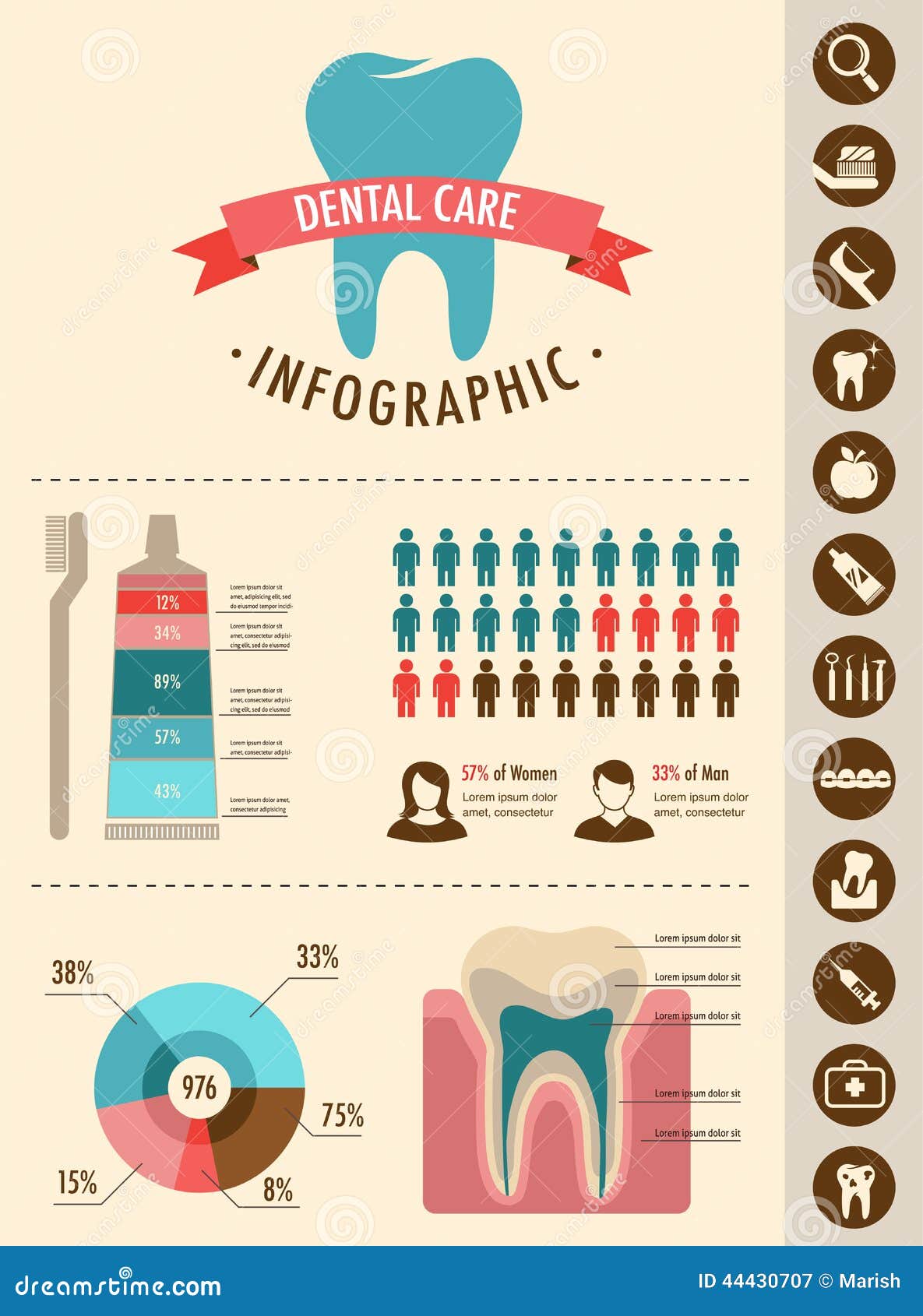Invite to the globe of oral surgery, where advancements and developments are shaping the future of the area! In this amazing realm, you'll witness the transformative power of robotics, the innovative marvel of 3D printing, and the game-changing impact of minimally invasive strategies.
The future of dental surgery holds an assurance of accuracy, efficiency, and enhanced patient results. With the help of sophisticated robotics, doctors have the ability to execute complicated procedures with greater precision and control.
3D printing innovation is changing the production of dental implants and prosthetics, using personalized options that fit perfectly into each person's one-of-a-kind composition.
In addition, minimally intrusive strategies are decreasing post-operative pain and healing time, allowing clients to return to their every day lives earlier.
Get ready to check out the exciting technologies and developments that are improving the landscape of oral surgery!
Advancements in Robotics
One major development in dental surgery is the use of robotic innovation, which permits precise and efficient surgeries. With the help of robot systems, dental specialists have the ability to perform complicated surgeries with improved accuracy, reducing the threat of human mistake.
These robotic systems are geared up with advanced imaging technology and exact tools that allow specialists to navigate via elaborate physiological structures easily. By using https://can-you-reverse-periodont97653.qodsblog.com/33031713/how-much-time-do-dental-implants-last-elements-that-influence-long-life , specialists can accomplish greater medical accuracy, causing improved individual outcomes and faster recovery times.
Furthermore, making use of robotics in oral surgery permits minimally intrusive procedures, lowering the trauma to surrounding cells and advertising faster healing.
3D Printing in Oral Surgery
To enhance the field of oral surgery, you can check out the subtopic of 3D printing in dental surgery. This ingenious technology has the potential to change the method dental doctors operate and deal with individuals. Right here are four vital methods which 3D printing is forming the field:
- ** Custom-made Surgical Guides **: 3D printing allows for the production of highly precise and patient-specific medical guides, improving the accuracy and effectiveness of treatments.
- ** Implant Prosthetics **: With 3D printing, dental surgeons can produce customized dental implant prosthetics that completely fit a patient's distinct anatomy, resulting in much better end results and individual contentment.
- ** Bone Grafting **: 3D printing makes root canal or implant for the production of patient-specific bone grafts, lowering the requirement for typical grafting strategies and improving recovery and healing time.
- ** Education and learning and Educating **: 3D printing can be used to develop reasonable surgical versions for academic functions, allowing dental cosmetic surgeons to practice complicated procedures prior to doing them on individuals.
With its potential to improve precision, modification, and training, 3D printing is an amazing development in the field of oral surgery.
Minimally Invasive Strategies
To even more advance the area of dental surgery, welcome the capacity of minimally invasive methods that can greatly benefit both specialists and patients alike.
Minimally https://paxtonupjdw.wizzardsblog.com/32962377/contrasting-prices-dental-implants-vs-other-tooth-replacement-options are reinventing the field by decreasing medical trauma, minimizing post-operative pain, and increasing the recuperation procedure. These strategies involve making use of smaller sized cuts and specialized instruments to perform treatments with accuracy and effectiveness.
By using https://www.medicalnewstoday.com/articles/psoriatic-arthritis-and-dental-implants , such as cone light beam calculated tomography (CBCT), doctors can precisely prepare and carry out surgical treatments with marginal invasiveness.
Additionally, the use of lasers in oral surgery allows for accurate tissue cutting and coagulation, leading to lessened blood loss and minimized healing time.
With minimally invasive strategies, people can experience much faster recuperation, lowered scarring, and boosted end results, making it an important element of the future of dental surgery.
Conclusion
So, as you can see, the future of dental surgery is extremely promising, with exciting advancements and advancements shaping the field.
From the improvements in robotics to the use of 3D printing and minimally invasive methods, dental specialists are transforming the method they offer treatment.
While some might worry about the potential expense associated with these innovations, it is very important to bear in mind that these innovations eventually boost patient results and decrease recovery time, making them well worth the financial investment in the future.
